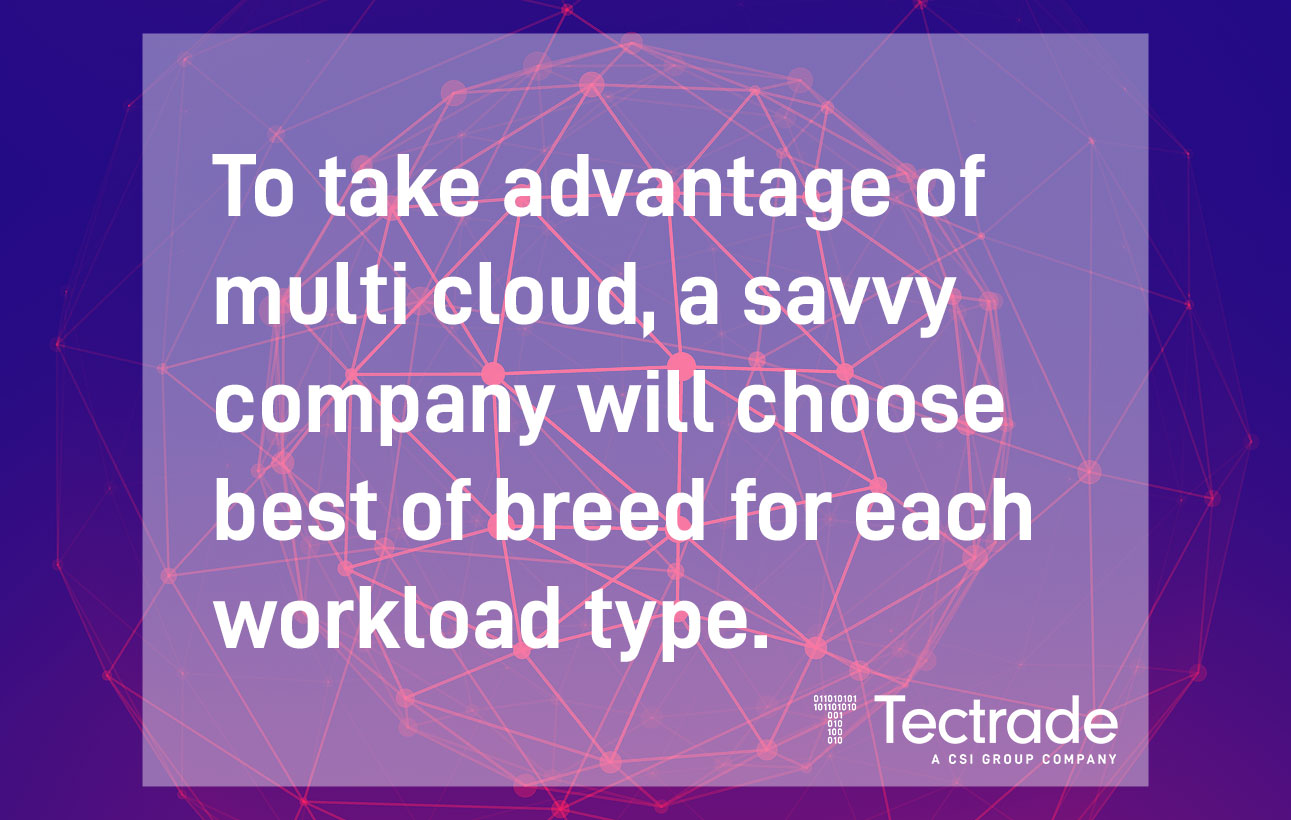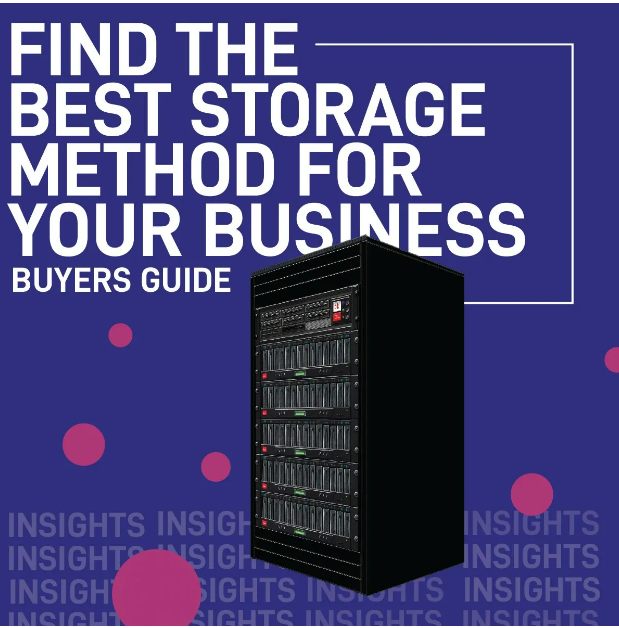Realizing the Promise of Multi Hybrid Cloud
Time to read: 5 minutes
When embarking on a journey to the cloud, there are a few expectations business leaders have that require a bit of planning, as well as decisions to make to achieve things like agility, portability, and speedy deployment of new workloads. Intrinsically, it is well understood that container environments are table stakes for many of these capabilities, but it is surprising how many companies initially deploy them incorrectly.
Here are a few things to consider.
Multi hybrid cloud helps avoid vendor lock in
Many companies treat cloud like traditional data center and choose single vendor solutions. They are signing huge contracts and locking themselves into a solution set, typically selecting that vendor’s native tools and environments.
No doubt the vendor is happy as it creates multiple kinds of lock in:
- Companies find themselves financially captive in the contract, often worth multiple tens, or hundreds of millions of dollars.
- Native toolsets and custom environments can be traps, as they often have shortcomings that aren’t identified until after committing.
- Support systems for solutions that no one else really knows creates another form of lock in as you must rely on the vendor in times of need.
These kinds of captivity are antithetical to the promises of the cloud and will eventually destroy any competitive advantage dreamed of in the hearts and minds of the leadership.
Moving workloads quickly and easily is the key
Just like many things in life, these cloud companies – often called hyperscalers – are great at a few things, average at the majority, and terrible at a few.
What complicates it further is that the list of great, decent, and bad things they do is very different. This means a savvy company will choose best of breed for each workload type.
This is further complicated by hyperscalers leapfrogging each other in capability, such that Google may have the best AI solution today, but next year Amazon Web Services (AWS), or Microsoft Azure, or even smaller players like IBM or Oracle may be better.
What quickly becomes apparent is that we not only need multiple clouds, but we need a way to quickly and easily move workloads to completely new locations when advantage presents itself.
Capturing the promise without the handcuffs
Overcoming these limitations and maximizing the advantages is relatively easy. It simply requires that we look at the possible moves we may need to make in the future and choose tools and environments with the flexibility to enable these types of movements.
For container environments, I recommend standardization on a single platform in every data center running a cloud workload. This includes private cloud, either managed or remaining in company owned data centers managed by their own employees.
Businesses that do this will have the agility required to quickly pivot to cloud locations that offer advantages over their competitors.

Not all solutions are created equal
When asked, I always recommend Red Hat OpenShift. It is the only self-contained container environment on the market today that requires no third-party tools or software to provide things like security, orchestration, high availability, and many other features expected for today’s production environments.
I don’t stop there either. In 2021, IBM released a product called Spectrum Fusion. This is a fully formed production environment supporting up to 200 nodes in a single cluster, has GPU capability for high-performance workloads, and includes all the features most businesses require in production environments.
IBM Spectrum Fusion is available in both hyper converged infrastructure (HCI) and software defined (SD) versions that allow it to be deployed anywhere. A client may choose the HCI offering for private cloud and SD for public cloud, for example. This not only standardizes the platform but enables security, orchestration, high availability, disaster recovery, and a plethora of other critical features to run from location to location.
This robust feature set, near universal support by every company claiming to be a cloud provider, coupled with IBM’s track record of providing industry-leading hardware and software solutions makes the combination of OpenShift on Spectrum Fusion pretty difficult to beat.
The final piece of the puzzle for me, that puts the solution as the top recommendation for my clients, is that once delivered to the data center, it can produce a fully capable production-ready container environment in 5 to 6 hours.
Helping you realize the promise of multi hybrid cloud with Red Hat and IBM
- Do you have container-oriented software waiting for a robust production environment to run in?
- Do you foresee the potential need to move workloads from cloud to cloud in the future?
- Do you need the promise of a fully formed production environment that is secure and feature-rich with the ability to manage all locations from a single console?
If the answer to any of these questions is yes, then get in touch with us to see if the combination of Red Hat OpenShift and IBM Spectrum Fusion is the right fit for your business.
About the author
Read more like this

Storage and Backup
A Buying Guide to Finding the Best Storage Solution for Your Business
Find the right storage solution for your company.
IBM Power
The IT Skills Gap Is Only Getting Wider in 2024
The IT skills gap is forecasted to widen in 2024 – especially for IBM i skills, what happens next?

About Tectrade
Tectrade Change Freeze (Dec-Jan)
We will be operating a ‘Change Freeze’ across our hosted and managed infrastructure to manage risk at this critical time.
